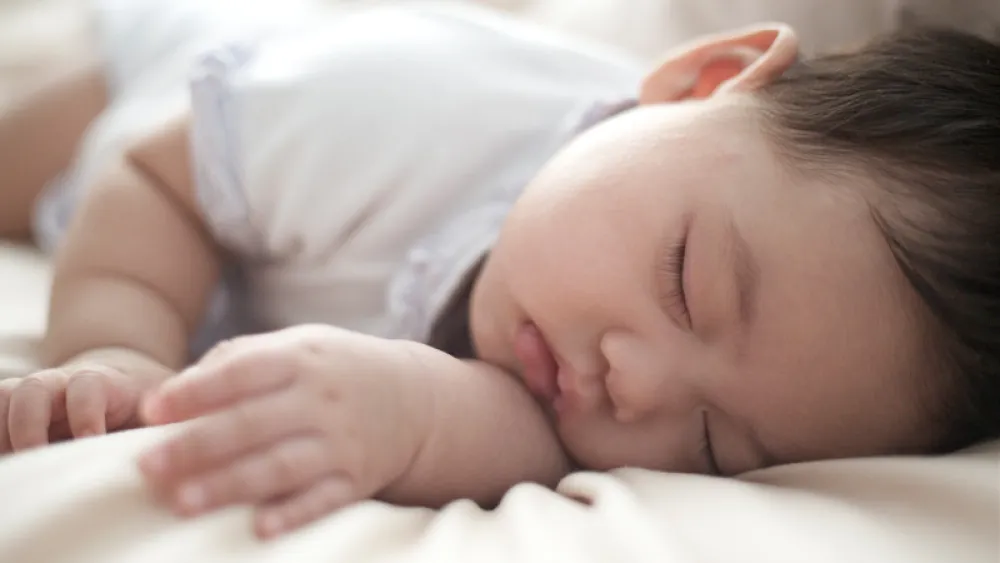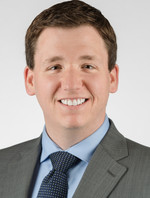




Family Health
Safe Sleep for Baby


Lots of Information
It seems like it should be straightforward. We all sleep and hope our children will, too. But some of the questions I hear most often from new parents are about sleep. Unfortunately, it isn’t always so easy to get babies to sleep… and to do so in a safe and effective manner. Not to mention, there is a lot of information for parents out there and not all of it is accurate and up to date.
The most recent up-to-date information comes from the American Academy of Pediatrics and the FDA. Both have new statements about safe sleep and its importance for kids, including a recent update from the FDA about sleep positioners.
Recommendations
Our recommendations about how and where babies sleep are first and foremost to promote safe sleep for all children. Unsafe habits can increase the risk for accidental suffocation, asphyxiation or SIDS, and making sure every baby consistently sleeps in a safe manner helps decrease this risk.
Positioning
For their first year of life, all babies should be flat on their back to sleep. They should lie on a level and firm surface with only a fitted sheet underneath them. Cribs, bassinets and pack-n-plays are all safe presuming they provide a flat, level and firm surface.
All babies, even those who frequently spit up or have reflux, are completely safe on their back and should not be placed on an incline or positioned with blankets, pillows or wedges. As noted by recent FDA recommendations, there are no approved sleep positioners and none are effective at preventing SIDS, treating gastroesophageal reflux (GER), or head flattening (plagiocephaly). No device or product should be used to hold a baby in a specific position or at an incline, including such simple things as rolled blankets/towels.
Sleep Environment
Cribs and sleeping areas should be kept bare without bumper pads (even mesh ones), pillows, blankets, comforters, quilts or stuffed animals. Babies should wear sleeper/jumper outfits to keep them comfortable and warm.
Swaddling
It is okay for babies to be swaddled in light swaddle blankets or use sleep/swaddle sacks. In general, babies only require one additional thin layer of clothes more than you wear to be comfortable when sleeping and they do not need to sleep with a hat.
Co-Sleeping
For the first six months, and up to the first year, babies should share a room with parents but should never sleep in the same bed, on a couch, or in a chair. It is okay to bring your baby into your bed to nurse or feed, however, if you find yourself becoming tired your baby should be moved to his or her own safe sleep area.
Pacifiers
Pacifiers are completely safe to use while babies are sleeping, and they have been shown to decrease the incidence of SIDS.
Sleep Swings
Sleep-specific devices such as “Rock-n-Play” sleepers or other swings should never be used as a primary sleep area for children. Not only is this not a safe environment, but it also trains children to only sleep in such positions and makes for a difficult transition as they get older.
If you’re awake and up during the day, it is completely safe to have your baby be in such a device to soothe them or for them to play while you are with them. If they fall asleep in the swing or in any other place such as the car seat, they should be moved to their crib as soon as possible.
Often a Challenge
While sleep can often be a challenge and seem overwhelming for parents during the newborn and infant period, following the above advice will keep them safe and healthy. Never hesitate to ask your Methodist Physicians Clinic pediatrician if you have any other questions or concerns.


